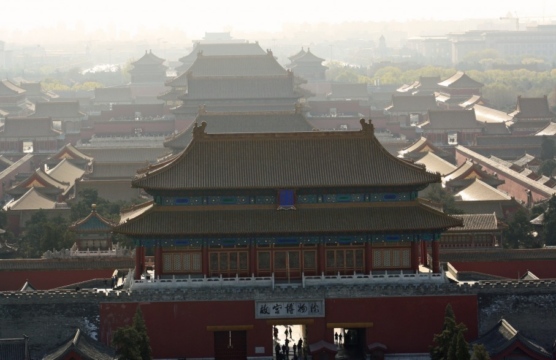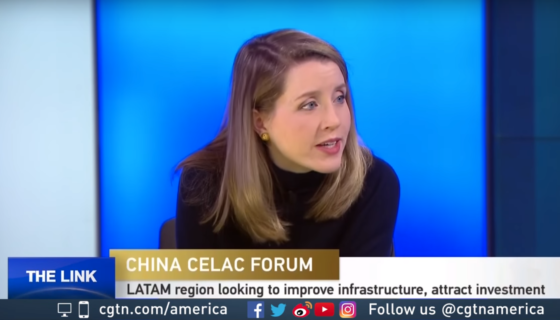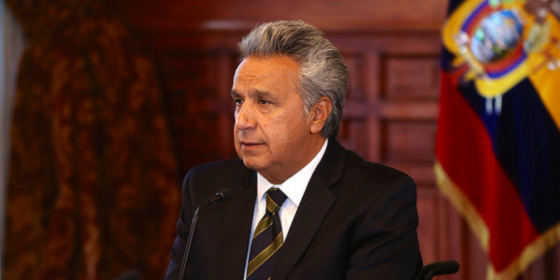
The State of China-Latin America Relations
What does China stand to gain from closer engagement with Latin America and the Caribbean?
This post is also available in: Español
Twenty years ago it would have been hard to imagine that all Latin American and Caribbean governments would have created an organization that excluded the United States. It would have been equally unthinkable that the head of the International Monetary Fund would have gone to the region to request help for a European economic crisis.
But as both these events took place last week, it was clear how much has changed over the past two decades. Much of Latin America is increasingly confident and assertive on the global stage. The region is politically independent of the United States. In most countries, macroeconomic management has been exemplary and fiscal discipline has been the norm.
The formal launching of CELAC (Community of Latin American and Caribbean States) revealed the strength of regionalism in Latin America. It was symbolically important, and enabled Hugo Chavez to claim that his Bolivarian dream had been realized.
To be sure, there are many questions about CELAC, including its purpose, structure and financing. Declarations of unity mask sharp policy and political differences among its 33 member governments. But it does convey what Washington already knows: that its influence in the region continues to decline. The United States is preoccupied, and struggling to deal with other foreign policy priorities and its own profound economic and political problems.
Yet most of the region’s governments are more pragmatic than ideological – and most continue to seek cooperation with the United States on many issues. The region welcomed US Congress’s recent approval of the free trade agreements with Colombia and Panama. The few presidents who are more confrontational towards the United States remain a minority. Still, the United States was, notably, absent from the meeting.
At the same time as the CELAC meeting was taking place in Caracas, Christine Lagarde, the new IMF director, was on a visit to Peru, Mexico and Brazil. Not too long ago, when any IMF official traveled to the region, the finance ministers would prepare themselves to be scolded for fiscal mismanagement. They were told they were responsible for economic crises.
But the roles have now been reversed. Lagarde came not to lecture the Latin Americans but rather to praise them and recognize their impressive macroeconomic performance and discipline. She also came to ask for assistance, should it be needed, to prevent the most catastrophic economic scenario in a troubled Europe.
It was politically smart for Lagarde to come to Latin America with that message: she knows that the region is increasingly influential and has an important voice in global affairs. Brazil and Mexico, both G-20 members, especially stand out.
To be sure, one should be careful not to exaggerate the US’s decline and Latin America’s rise. The global outlook is both fluid and uncertain. A sudden change in China’s economic situation – and a resulting drop in the price of commodities—could quickly dim the prospects in several key South American countries. Latin America could once again need the IMF, just as Europe does today.
But it is worth reflecting on how dramatically the world has been transformed. Last week’s launch of CELAC – without the US – and the reason behind Lagarde’s South American visit, leave little doubt that the region is not what it was just a short while ago.
What does China stand to gain from closer engagement with Latin America and the Caribbean?
This week, Latin America will convene in Chile for the Second China-CELAC Ministerial Forum. Margaret Myers, Director of the Dialogue’s Latin America and the World Program, speaks to CGTN on what to expect from the meeting.
What actions has Ecuador’s government taken to comply with its commitments under the IMF agreement, and have they been successful?
 Video
Video
